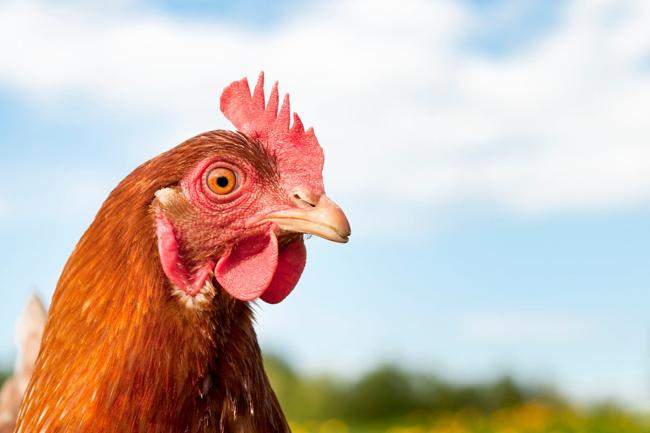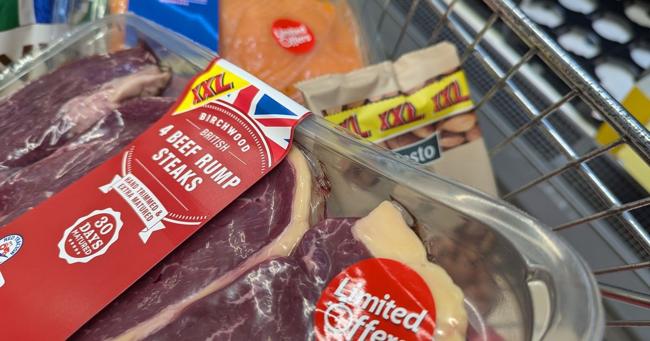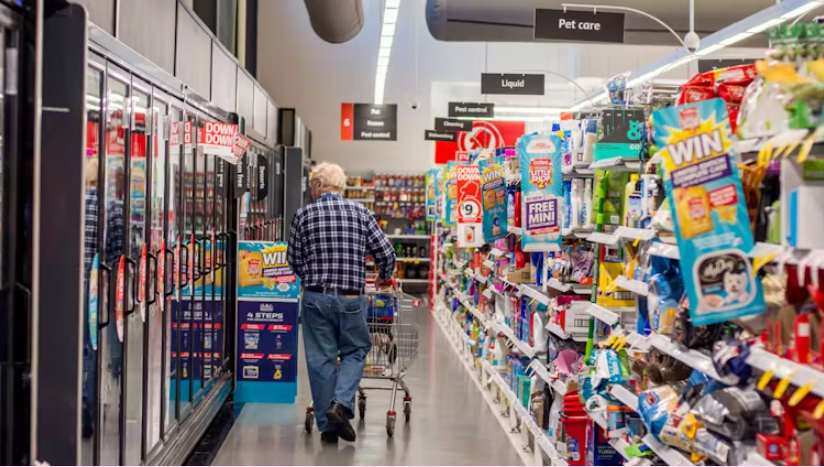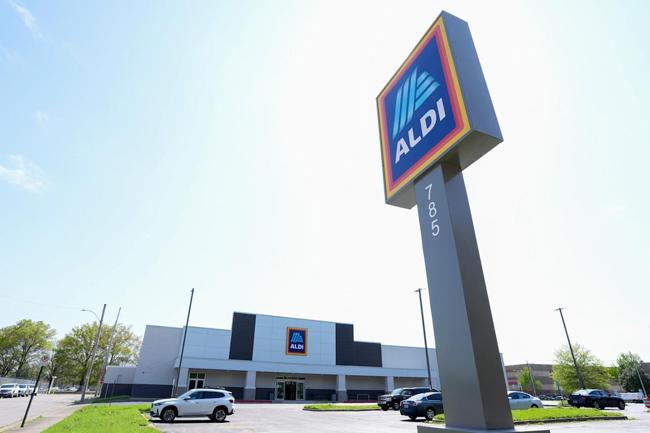Summary
Despite promising better animal welfare, most UK retailers still sell chickens bred to grow so fast they can barely walk. As Co-op members prepare to vote on change, Hannah Twiggs asks: how did we end up here and whats really stopping supermarkets from doing better?
Source: The Independent

AI News Q&A (Free Content)
Q1: What are the welfare concerns associated with fast-growing broiler chickens, often referred to as 'Frankenchickens'?
A1: Fast-growing broiler chickens, commonly known as 'Frankenchickens', face several welfare issues due to their rapid growth. These issues include skeletal malformations, skin and eye lesions, and congestive heart conditions. Such conditions are exacerbated by the intensive farming practices used to raise these chickens, which often include high stocking densities and inadequate ventilation. Management of these factors is crucial to support the welfare of these birds.
Q2: What recent research highlights the health issues associated with fast-growing broilers?
A2: A study identified Staphylococcus species in skeletal lesions of broiler chickens, indicating a significant prevalence of bacterial infections, particularly affecting the femur and other bone sites, contributing to lameness and reduced mobility. This highlights the vulnerability of fast-growing broilers to infections due to their compromised health.
Q3: How are UK supermarkets addressing the welfare issues of broiler chickens?
A3: Despite promises to improve animal welfare, many UK supermarkets continue to sell fast-growing broiler chickens due to economic pressures and consumer demand for cheap poultry. These retailers face challenges in transitioning to higher welfare standards, which often involve more expensive, slower-growing breeds.
Q4: What technological innovations are being explored in supermarkets to enhance consumer experience?
A4: Recent advancements include the development of VR supermarkets with intelligent recommendation systems. These systems enhance shopping experiences by providing real-time, personalized product suggestions based on user interaction, addressing challenges in traditional online shopping.
Q5: What are the economic implications of supply-demand dynamics in the retail sector, particularly in supermarkets?
A5: Supply-demand dynamics in supermarkets are influenced by local and national concentration trends. An increase in local market concentration can lead to higher retail gross margins, impacting pricing and competitiveness. The expansion of multi-market firms is a significant factor contributing to these dynamics.
Q6: How do supermarkets plan inventory to address the challenges of e-grocery retailing?
A6: Supermarkets in the e-grocery sector are exploring subscription-based inventory planning to tackle demand uncertainty and minimize overstocking costs. This approach allows retailers to improve inventory management while offering consumers new value-driven subscription models.
Q7: How do consumer mobility models help in reducing congestion in supermarkets?
A7: Consumer mobility models, such as the gravity model, are used to analyze and optimize store layouts to reduce congestion. By understanding customer movement patterns, supermarkets can arrange store zones to minimize queue sizes and enhance shopping efficiency.
References:
- Broiler - https://en.wikipedia.org/wiki/Broiler
- The Evolution of U.S.





